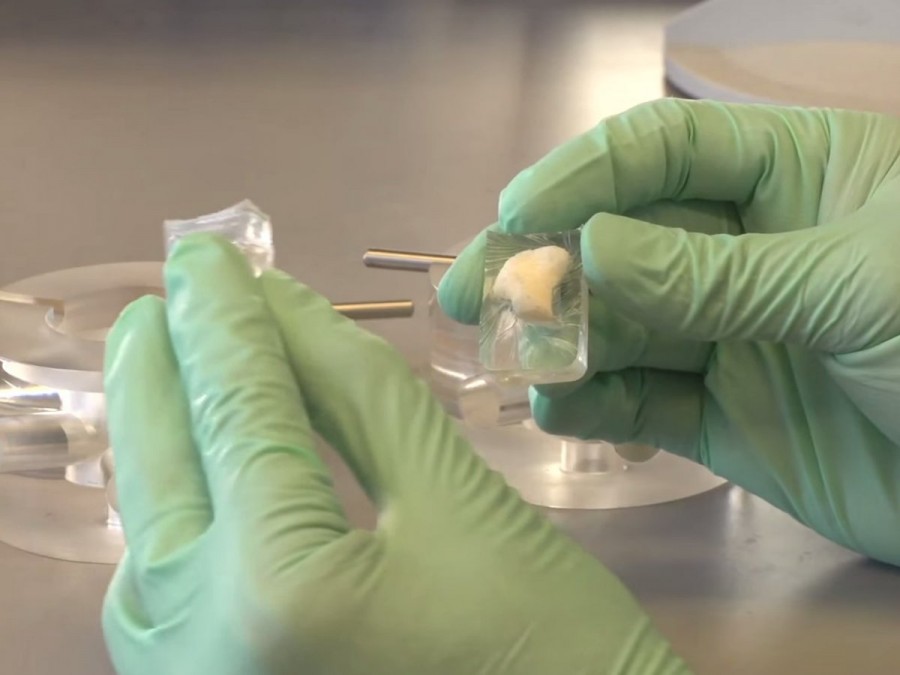Growing Human Bones in a Lab: The New Face of Transplants?
Finished EpiBone implant.
January 12, 2016
EpiBone, a medical startup, has ideas on how to revolutionize the primitive procedure of bone grafting. When a doctor grafts a bone, they take a part of a person’s bone from somewhere in the body and put it where it’s needed. EpiBone has found a way to grow a human bone in a laboratory in mere weeks, using the patient’s own cells to create better implants.
This new procedure has fewer risks than bone grafting, which can result in infection or the patient’s body rejecting the transplant. With EpiBone’s lab grown bone, these risks are much lower.
“What we’re doing is interesting, because it’s where science fiction meets reality,” EpiBone CEO Nina Tandon noted. She helped start up the company in 2013 with Sarindr Bhumiratana. EpiBone says to be the first company to grow living bones to help with the reconstruction of patient’s bones.
Utilizing of 3-D bioprinting, the machines can produce living tissue and bone, making this a big leap in the field of regenerative medicine. Taking a CT scan, the scientists will know what size bone graft they need. This also helps create a 3-D digital model for the printer to follow. Taking stem cells from the patient’s fat, the scientists put the cells into a bioreactor which helps to make the needed piece of bone.
So far, the trials of this have only been on pigs, but EpiBone is hoping to start clinical trials on humans in the next few years. Hopefully in eight years the product will be on the market.
“I get really excited about the idea of congenital defects being a thing of the past…no kids born with cranial defects anymore. We’d love to see no one ever need revision surgeries after a knee replacement because their implants will last as long as they do,” says Tandon.



